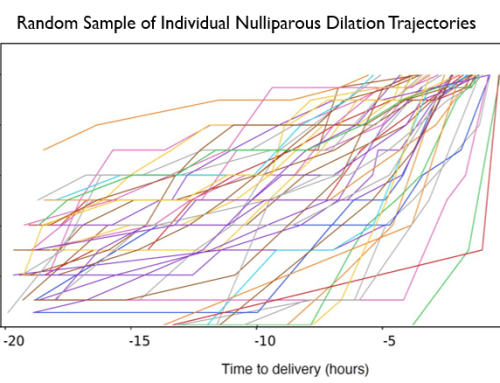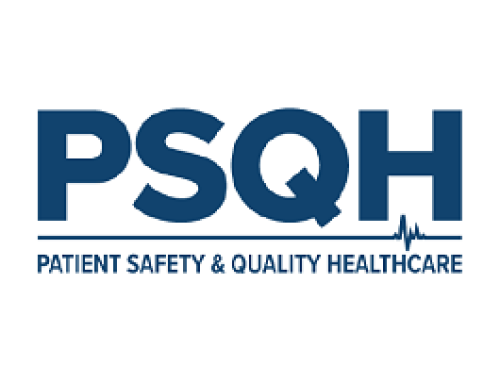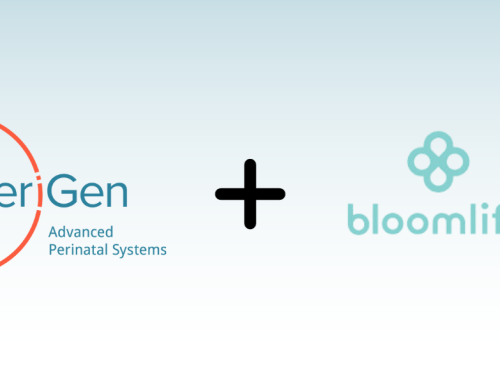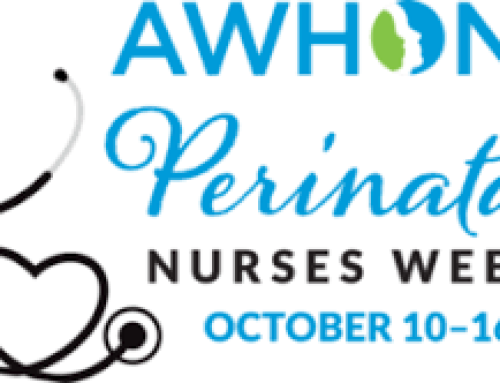Supporting Quality Care Initiatives
by Matthew Sappern, Chief Executive Officer

PeriGen is proud to be the market leader in obstetric decision support. It is our mission and passion to work with patient safety leaders to put technology in s not without its challenges. Resistance to change is a powerful reaction – we understand that – and occasionally we are challenged to augment existing care practices.
This is why I am pleased to see early warning systems coming more into focus across the country. PeriGen systems essentially operate in the same vein, providing advanced notice to non-reassuring trends before a clinician might pick up on them. Research on early warning systems is showing promise in decreasing maternal morbidity and improving labor & delivery outcomes. The recently published research* on reduction in maternal hemorrhage that resulted from the use of the California Maternal Quality Care Collaborative’s is a case in point.
Results from hospitals using this toolkit saw a 20.8% reduction in severe maternal morbidity. The toolkit covers readiness, recognition and prevention, response and reporting/systems improvement components.
What’s even more encouraging is that preliminary results from PeriGen’s Early Warning System Survey (https://perigen.com/early-warning-system-survey/ ) show that most clinicians (61.4%) are familiar with early warning systems. The challenge, however, is implementation. Only 20.5% of the clinicians participating in the survey are using early warning processes and 22.7% are in the process of defining one.
As mentioned above, PeriGen’s software is specifically designed to facilitate each of the patient safety toolkits components vital to implementation success. For example, our HUB module allows clinicians to quickly recognize and respond to patients exhibiting critical conditions using vitals, fetal heart rate, and labor progress data. Drilling down to Cues allows the clinician to readily examine how the fetal heart is reacting to labor. CheckList presents an automatic means of measuring patient status against a set of enterprise-defined fetal surveillance criteria. And Curve gives the clinicians a view on how labor is progressing as compared to a reference population. Our HUB reports fully support the need to see how teams respond to potentially adverse events for systematic improvement.
I invite you to join us in supporting patient care quality improvement programs such as that created by CMQCC. I’ll be happy to supply a list of quality collaboratives in your region. Simply email me at info@perigen.com.
*Elliott K Main MD; Valerie Cape BA; Anisha Abrea MPH; Julie Vasher DNP, RNC-OB, CNS; Amanda Woods MA; Andrew Carpenter BA; Jeffrey B Gould MD, MPH: Reduction of severe maternal morbidity from hemorrhage using a state perinatal quality collaborative; American Journal of Obstetrics and Gynecology. 2017;216(3):298.e1-298.e11.








